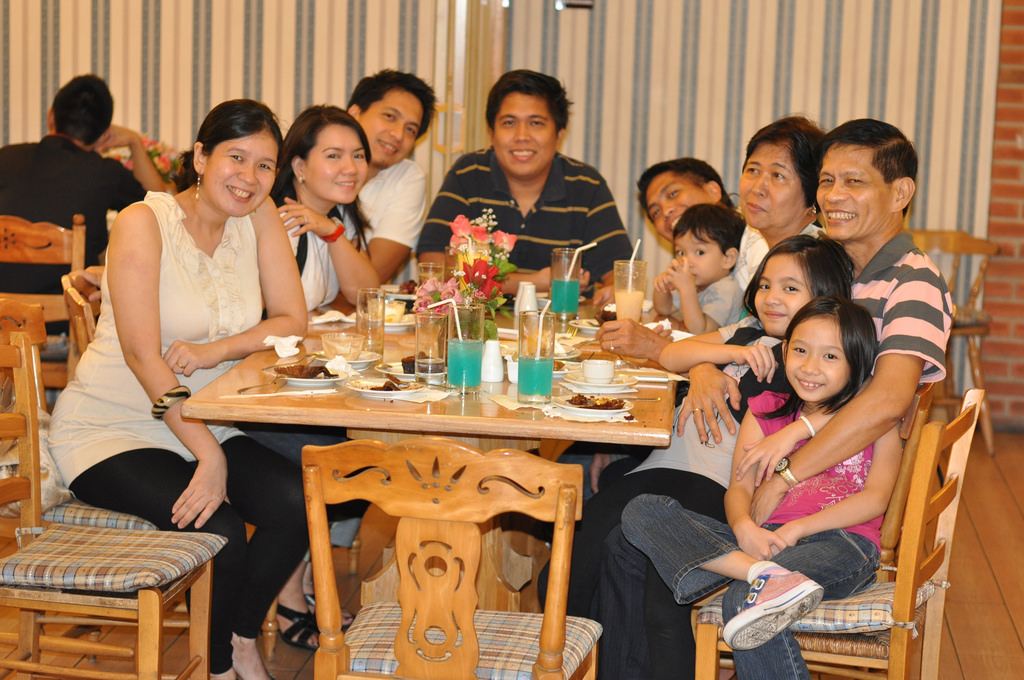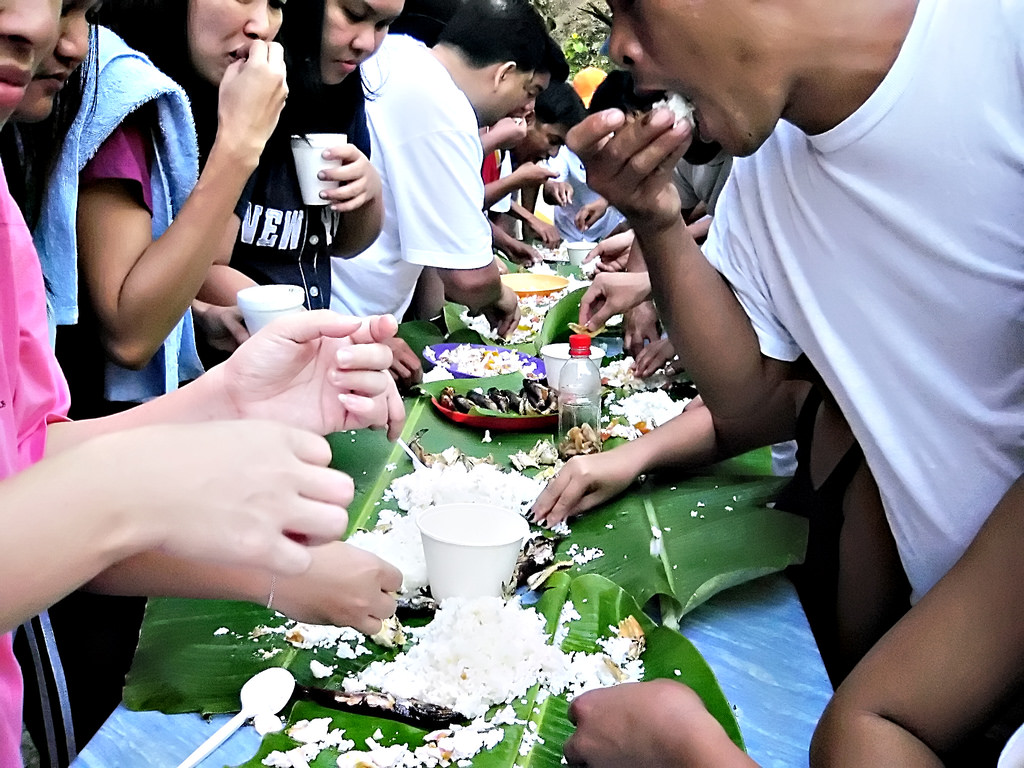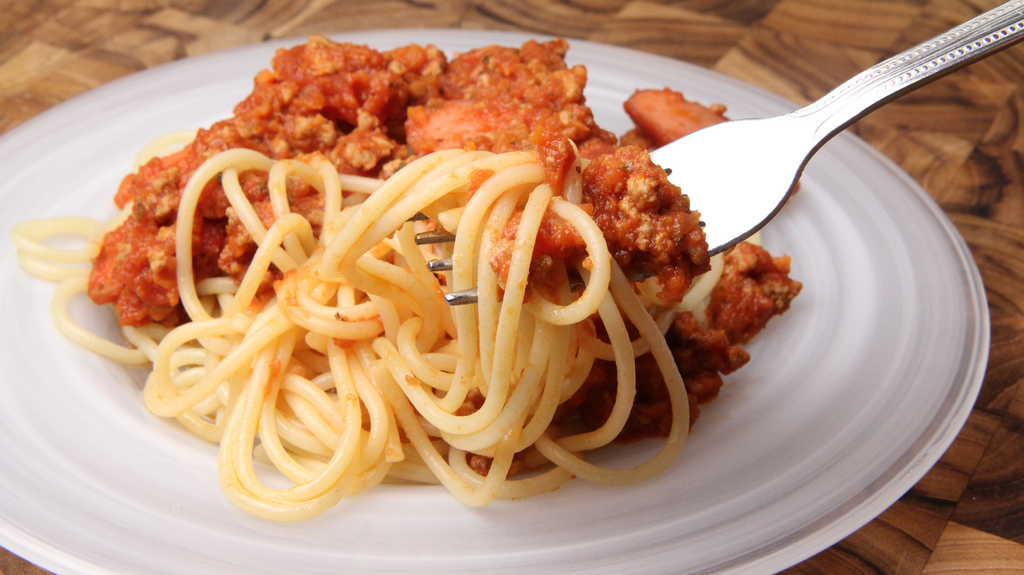Food and Drink: Dining Etiquette
Table Etiquette
Spanish colonizers introduced the use of the fork, knife, and spoon to the Philippines, and European cutlery caught on quickly, though many Filipinos tend to use just a fork and spoon in daily eating. The spoon is used like a knife to hold down the food, while the fork is used to cut or pull parts off to be eaten. The spoon itself is not put into one’s mouth, but is used to push food onto the fork.
It is customary to wait to begin eating until the eldest man or host gives the signal. Food is generally served family style, and tables are frequently fitted with lazy Susan turntables so everyone can easily serve themselves. Taking the last portion of a food from a communal platter is considered poor manners.
Meals consisting largely of Spanish or other European foods are usually served as consecutive courses, while Filipino or Asian-based dishes are generally served as a single course.
Before the arrival of Spanish colonizers, Filipinos ate with their hands, a practice called kamayan. This entailed using the left hand to pick food from the communal platter, and the right hand to put food into one’s mouth. This practice is seeing a resurgence, partially because this traditional dining style is used in the Philippine Army to encourage bonding over communal food. However, dining with a spoon and fork remains the norm.
Social Dimension of Dining
The Philippine approach to dining is perhaps best summed up in the term salo-salo, which means “eating together” or “eating from the same plate.” Eating alone is virtually unheard of in the Philippines. Meals are social events, and lively conversation before, during, and after the meal is an essential ingredient.
Sharing food is so ingrained in Philippine social life that the greeting Kain po tayo (Hello) is almost always followed by the question Nakakain ka na? (Have you eaten yet?). If one hasn’t eaten, a Filipino will invite the friend to a meal, saying Tara kain (Come on, let’s eat then.). Turning down such an invitation is considered downright rude. Similarly, Filipinos always insist that an unexpected visitor join them for a meal, and are more than happy to share what they have and make room for an extra place at the table.
When invited to a meal, Filipinos arrive 30 minutes or more after the arranged start time. Guests are expected to bring a big appetite and eat heartily as a show of appreciation for their host. It is customary to refuse a second portion two or three times before accepting, at the host’s insistence. Guests are often given doggie-bags to take home with them, and these too are refused once or twice before being accepted. At a restaurant, the host pays.
Food is also an expression of social standing in a community. While the Philippines is a developing nation, around a quarter of the population remains below the poverty line. Being able to eat—and serve guests—expensive foods such as meat is a symbol of status.
Article written for World Trade Press by Carly K. Ottenbreit.
Copyright © 1993—2025 World Trade Press. All rights reserved.

 Philippines
Philippines 


